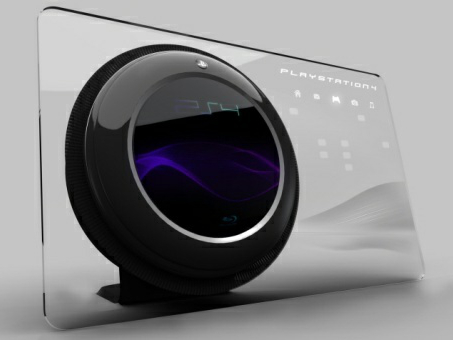Nvidia Offers PhysX, Apex Support for PlayStation 4
Not to let AMD have all the PlayStation fun, Nvidia said on Thursday that Sony's upcoming next-generation console will support the chip maker's PhysX and APEX technologies. This will allow for collision detection and the simulation of rigid bodies, clothing, fluids, particle systems and more in games offered on the new platform.
"Great physics technology is essential for delivering a better gaming experience and multiplatform support is critical for developers," said Mike Skolones, product manager for PhysX at Nvidia. "With PhysX and APEX support for PlayStation 4, customers can look forward to better games."
Nvidia calls its PhysX physics modeling system "the world's most pervasive physics solution," allowing developers to design real-time, real world effects in games. The physics simulation engine was originally developed as NovodeX by Swiss company NovodeX AG but was acquired by Ageia in 2004, which was later purchased by Nvidia in 2008.
The APEX dynamics framework builds upon PhysX by allowing developers to create "intricate" physics-enabled environments. "They can expand the quantity and visual quality of destructible objects, make smoke and other particle-based fluids integral to game play, and create life-like clothing that interacts with the character's body to achieve more realism in their games," Nvidia said.
PhysX and APEX are designed to work on a variety of CPU architectures, but Nvidia points out that they're best accelerated with CUDA architecture-enabled Nvidia GPUs, GeForce 8-series or higher. The PlayStation 4 uses a custom APU designed by AMD and Sony which uses Radeon graphics instead.
The PlayStation 4 is scheduled to hit the market this holiday season, but Sony will likely show the actual console this June during E3 2013.
Contact Us for News Tips, Corrections and Feedback
Get Tom's Hardware's best news and in-depth reviews, straight to your inbox.

Kevin Parrish has over a decade of experience as a writer, editor, and product tester. His work focused on computer hardware, networking equipment, smartphones, tablets, gaming consoles, and other internet-connected devices. His work has appeared in Tom's Hardware, Tom's Guide, Maximum PC, Digital Trends, Android Authority, How-To Geek, Lifewire, and others.
-
-Fran- Uhm... So what?Reply
It's not like it's going to add a lot to what HavoK currently does.
Besides, I'm VERY sure it will increase the overall console cost, so not such a good idea IMO.
Cheers! -
dalethepcman So basically NVidia is still giving the finger to PC users, but is allowing the playstations AMD chip to run physX.Reply
Thanks green team... -
wannabepro Now if only they'd start releasing games with a GeoMod equivalent. It would be the end of boring, repetitive FPS games.Reply -
nikolayivanov321 PhysX is kind of overrated IMO. A few extra effects like better looking cloth and smoke in exchange for a huge framerate dip? No thank you...Reply -
darkchazz dalethepcmanSo basically NVidia is still giving the finger to PC users, but is allowing the playstations AMD chip to run physX.Thanks green team...+1 wtf nvidiaReply -
ikaz lol yup pretty much nvidia know it would run fine on AMD but they block on purpose (though I can't really blame them since they did buy the orignal company). Though you would they think they would license it out to AMD while still accerate for Cuda. That way they could get a small amount of money from AMD on each card sold and that would allow more dev to use it.Reply -
demonhorde665 dalethepcmanSo basically NVidia is still giving the finger to PC users, but is allowing the playstations AMD chip to run physX.Thanks green team...Reply
my thoughts exactly this is HARD proof that there is no excuse for AMD chips to dip down to 15 fps when runnign physx in software even. Nvidia is obviously coding Physx to run like crap when AMD cards are detected. dirty dirty buisness. -
demonhorde665 nikolayivanov321PhysX is kind of overrated IMO. A few extra effects like better looking cloth and smoke in exchange for a huge framerate dip? No thank you...Reply
actually even when running physx in software if you are running an nvidia card the frame rates barely dip at all, as stated before it's when running an amd card on pc that physx drops frames majorly -
internetlad I really wish standalone physx cards had taken off. I would have one in my PC for sure.Reply
Unfortunately they got snapped up and promptly gave the finger to anybody not willing to overpay by 50-100 dollars for a high end video card.
